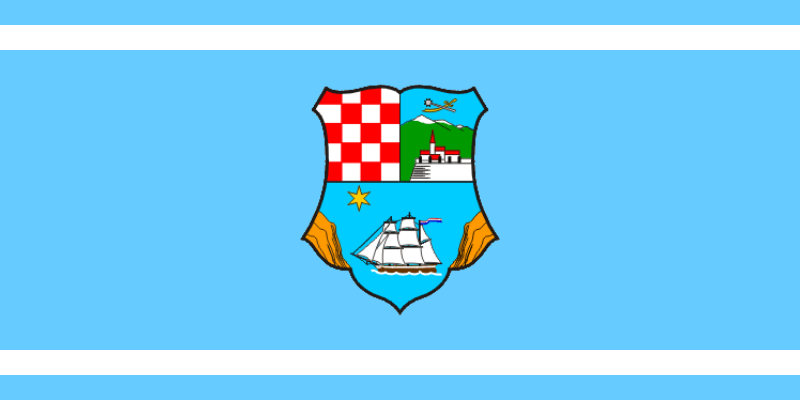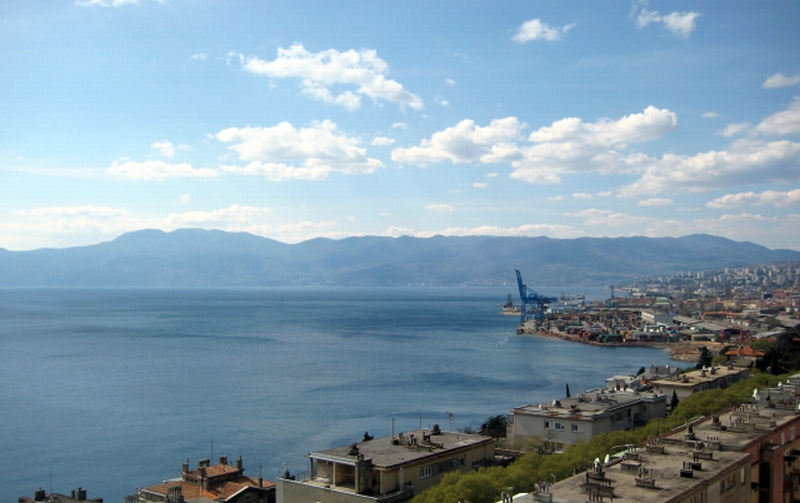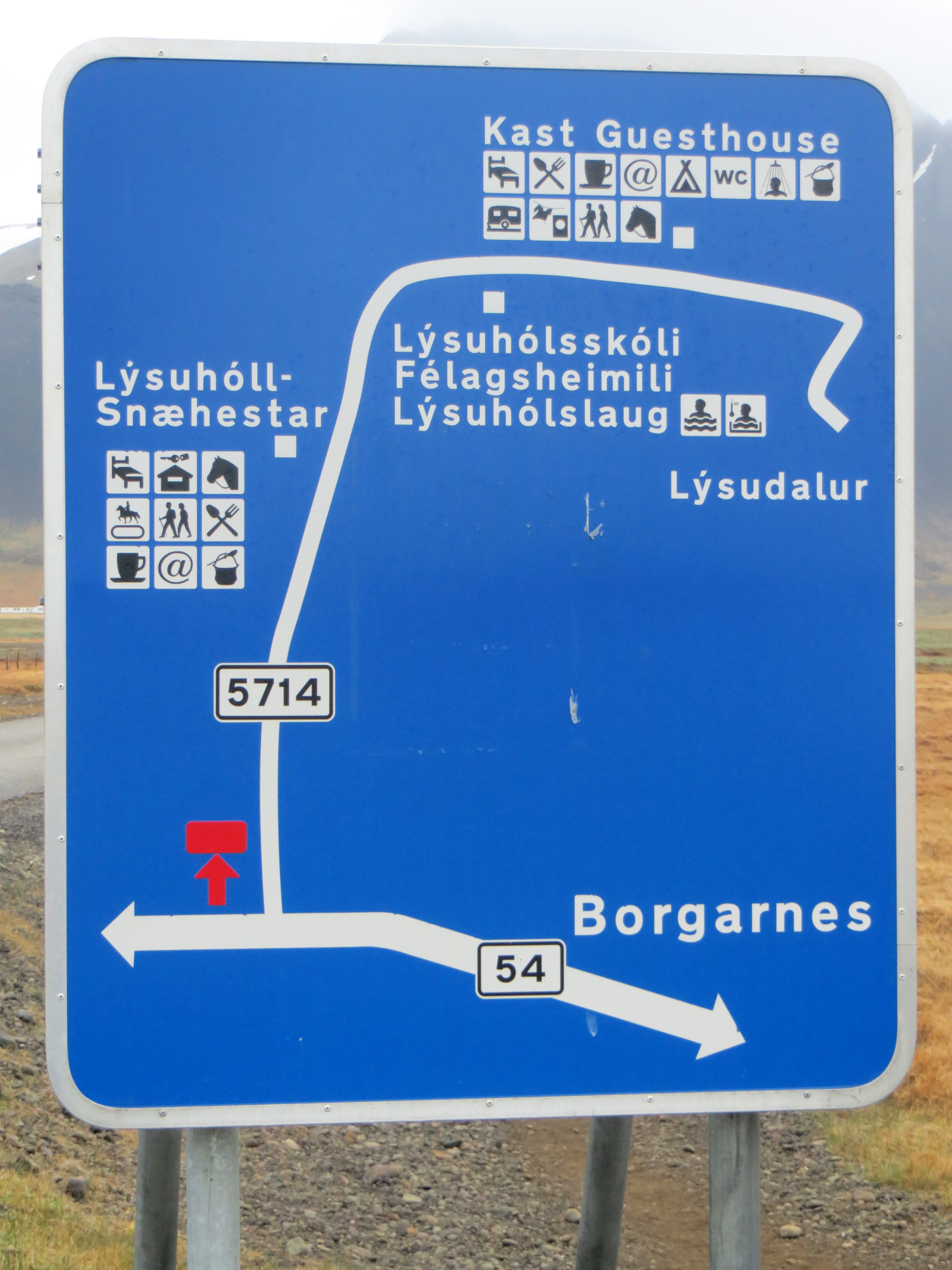|
Krmpote
Krmpote is a group of villages in Croatia located around Novi Vinodolski in Croatian Littoral, and to the area belong villages Bile, Drinak, Jakovo Polje (Sv. Jakov), Javorje, Klenovica–Žrnovnica, Krmpotske Vodice, Luka Krmpotska, Podmelnik, Povile, Ruševo Krmpotsko, Sibinj Krmpotski, Smokvica Krmpotska, and Zabukovac. It is related to local population of Bunjevci Bunjevci ( sh-Latn-Cyrl, separator=" / ", Bunjevci, Буњевци, ; sh-Latn-Cyrl, label=, separator=" / ", Bunjevac, Буњевац, sh-Latn-Cyrl, label=, separator=" / ", Bunjevka, Буњевка) are a South Slavic sub-ethnic group living ... and etymologically deriving from their tribe named Krmpoćani (''Carimpoti''; Krnpote and Krmpote) who arrived from temporary village area of Krmpota (''Carampotti'') near Zemunik (today between Medviđe and Zelengrad), in North Dalmatia ( Bukovica) in the beginning of the 17th century. From it derives the related surname Krmpotić, as well same-titled noble family ''Ker ... [...More Info...] [...Related Items...] OR: [Wikipedia] [Google] [Baidu] |
Bunjevci
Bunjevci ( sh-Latn-Cyrl, separator=" / ", Bunjevci, Буњевци, ; sh-Latn-Cyrl, label=, separator=" / ", Bunjevac, Буњевац, sh-Latn-Cyrl, label=, separator=" / ", Bunjevka, Буњевка) are a South Slavic sub-ethnic group living mostly in the Bačka region of northern Serbia and southern Hungary ( Bács-Kiskun County), particularly in Baja and surroundings, in Croatia (e.g. Primorje-Gorski Kotar County, Lika-Senj County, Slavonia, Split-Dalmatia County, Vukovar-Srijem County), and in Bosnia-Herzegovina. They presumably originate from western Herzegovina. As a result of the Ottoman conquest, some of them migrated to Dalmatia, from there to Lika and the Croatian Littoral, and in the 17th century to the Bácska region of Hungary. Bunjevci who remained in Bosnia and Herzegovina, as well as those in modern Croatia today, maintain that designation chiefly as a regional identity, and declare as ethnic Croats. Those who emigrated to Hungary were largely assimilat ... [...More Info...] [...Related Items...] OR: [Wikipedia] [Google] [Baidu] |
Klenovica
Klenovica is a small fishing village in Croatia , image_flag = Flag of Croatia.svg , image_coat = Coat of arms of Croatia.svg , anthem = "Lijepa naša domovino"("Our Beautiful Homeland") , image_map = , map_caption = , capit ... located between Senj and Novi Vinodolski. It is connected by the D8 highway. The village has been there since the 17th century when it was known by the name of "Krmpocana" (part of Krmpote). The small fishing village is located (as the crow flies) 6km. south-east oNovi Vinodolski(10 km by road). Klenovica has about 400 residents, including many famous fishermen. Some old wooden fishing boats can still be found in the small harbor, some of them are still being used. The number of people in Klenovica becomes much higher during the season when tourists arrive from all over the world. In the past, people of Klenovica were entirely dependant on the sea for their livelihood. Nowadays the ... [...More Info...] [...Related Items...] OR: [Wikipedia] [Google] [Baidu] |
Sibinj Krmpotski
Sibinj Krmpotski is a village in Croatia. It is connected by the D8 highway and is part of the group of villages called Krmpote Krmpote is a group of villages in Croatia located around Novi Vinodolski in Croatian Littoral, and to the area belong villages Bile, Drinak, Jakovo Polje (Sv. Jakov), Javorje, Klenovica–Žrnovnica, Krmpotske Vodice, Luka Krmpotska, Podmelnik, Pov .... References Populated places in Primorje-Gorski Kotar County {{PrimorjeGorskiKotar-geo-stub ... [...More Info...] [...Related Items...] OR: [Wikipedia] [Google] [Baidu] |
Croatia
, image_flag = Flag of Croatia.svg , image_coat = Coat of arms of Croatia.svg , anthem = "Lijepa naša domovino"("Our Beautiful Homeland") , image_map = , map_caption = , capital = Zagreb , coordinates = , largest_city = capital , official_languages = Croatian language, Croatian , languages_type = Writing system , languages = Latin alphabet, Latin , ethnic_groups = , ethnic_groups_year = 2021 , religion = , religion_year = 2021 , demonym = , government_type = Unitary parliamentary republic , leader_title1 = President of Croatia, President , leader_name1 = Zoran Milanović , leader_title2 = Prime Minister of Croatia, Prime Minister , leader_name2 = Andrej Plenković , leader_title3 = Speaker of the Croatian Parliament, Speaker of P ... [...More Info...] [...Related Items...] OR: [Wikipedia] [Google] [Baidu] |
Novi Vinodolski
Novi Vinodolski (, often also called Novi or ''Novi del Vinodol'' o ''Novi in Valdivino'' in Italian) is a town on the Adriatic Sea coast in Croatia, located south of Crikvenica, Selce and Bribir and north of Senj. The population of Novi is 3,988, with a total of 5,131 people in the city administered area. The city area became a Frankopan property in the 13th century, marking the period to which the most valuable heritage is dated, including the Law codex of Vinodol. City hinterland is dominated by the Vinodol Valley, used for agriculture and winemaking. The city's economy is dominated by tourism, as Novi Vinodolski is well known tourist centre situated in an area largely unaffected by other types of industry and it offers a wide variety of tourist amenities. The Vinodol Valley is also the site of a hydroelectric power plant utilizing water collected in Gorski Kotar reservoirs. Transport links of the city are substantially dependent on the nearby city of Rijeka. History and he ... [...More Info...] [...Related Items...] OR: [Wikipedia] [Google] [Baidu] |
Croatian Littoral
Croatian Littoral ( hr, Hrvatsko primorje) is a historical name for the region of Croatia comprising mostly the coastal areas between traditional Dalmatia to the south, Croatia proper, Mountainous Croatia to the north, Istria and the Kvarner Gulf of the Adriatic Sea to the west. The term "Croatian Littoral zone, Littoral" developed in the 18th and 19th centuries, reflecting the complex development of Croatia in historical and geographical terms. The region saw frequent changes to its ruling powers since classical antiquity, including the Roman Empire, the Ostrogoths, the Kingdom of the Lombards, Lombards, the Byzantine Empire, the Frankish Empire, and the Kingdom of Croatia (medieval), Croats, some of whose major historical heritage originates from the area—most notably the Baška tablet. The region and adjacent territories became a point of contention between major European powers, including the Republic of Venice, the Kingdom of Hungary, and the Habsburg monarchy, Habsburg a ... [...More Info...] [...Related Items...] OR: [Wikipedia] [Google] [Baidu] |
Zemunik Donji
Zemunik Donji is a municipality in Croatia in the Zadar County. According to the 2011 census, there are 2,060 inhabitants, 91% of whom are Croats The Croats (; hr, Hrvati ) are a South Slavic ethnic group who share a common Croatian ancestry, culture, history and language. They are also a recognized minority in a number of neighboring countries, namely Austria, the Czech Republic, G .... References External links Municipalities of Croatia Populated places in Zadar County {{Zadar-geo-stub ... [...More Info...] [...Related Items...] OR: [Wikipedia] [Google] [Baidu] |
Bukovica, Croatia
Bukovica is a geographical region in Croatia. It lies in northern Dalmatia, with Lika to the north, Kninska Krajina to the east, and Ravni Kotari to the southwest. History Vlachs were recorded among the inhabitants of the region in 1420. Their basic economic activity was related to transhumant livestock breeding in conjunction with carrying merchants’ goods. Many Vlachs (also recorded as Morlachs) moved to the Ottoman areas in the Dalmatian hinterland which were occupied by 1573 from Bukovica. Geography Bukovica is a small plateau region about 250 to 300 meters above sea level. The karst landscape covers most of the region up to the Zrmanja valley. Towns and villages Bukovica covers a triangular area between the towns of Benkovac, Obrovac, and Knin. The region includes the municipalities of Jasenice, Ervenik, Kistanje, and Lišane Ostrovičke. See also *Geography of Croatia The geography of Croatia is defined by its location—it is described as a part of Centra ... [...More Info...] [...Related Items...] OR: [Wikipedia] [Google] [Baidu] |
Buhovo (Široki Brijeg)
Buhovo ( bg, Бухово ) is a town in western Bulgaria and a district within the Sofia Capital Municipality. Buhovo is located 15 km southeast of the center of the capital Sofia. History In prehistory, during the middle and late Neolithic (New Stone Age), Buhovo was located 1.5 kilometers east of its current location. Evidence of its previous occupants remains (potsherds, hammers, axes and awls), through which the event is dated. Back then the name of Buhovo was ''Ursul''. In 1928 the "St. Nicholas" church was built. In 1938, with help from Germany, uranium deposits were developed. The village of Buhovo was declared a town with ''Decree 1942'' of the State Council of the PRB of 09.04.1974 (Prom. SG. 72 of 17.09.1974). Landmarks * Stadium "Minior" * A big sports hall * Monument to the plane of the regiment "Nikola Bonev" * "St. Maria Magdalena" monastery * "St. Arhangel Mihail" monastery * Miraculous icon "Truly Meet" from Mount Athos * Carting "Buhovo" (formerly) ... [...More Info...] [...Related Items...] OR: [Wikipedia] [Google] [Baidu] |
Oeconym
An oeconym, also econym, or oikonym (from el, οἶκος, , 'house, dwelling' and , , 'name') is a specific type of toponym that designates a proper name of a house or any other residential building, and in the broader sense, the term also refers to the proper name of any inhabited settlement, like village, town or city.Gornostay, Tatiana, & Inguna Skadiņa. 2009. Pattern-Based English-Latvian Toponym Translation. ''Proceedings of the 17th Nordic Conference on Computational Linguistics NODALIDA'', May 14–16, 2009, Odense, Denmark, NEALT Proceedings Series, 4: 41–47. Within the toponomastic classification, main types of oeconyms (econyms, oikonyms) are: ''astionyms'' (proper names of towns or cities), and ''comonyms'' (proper names of villages). Other terminology Sometimes the term ''ecodomonym'' is used to refer specifically to a building as an inhabited place.Room, Adrian. 1996. ''An Alphabetical Guide to the Language of Name Studies.'' Lanham, MD: Scarecrow Press. Compare a ... [...More Info...] [...Related Items...] OR: [Wikipedia] [Google] [Baidu] |




